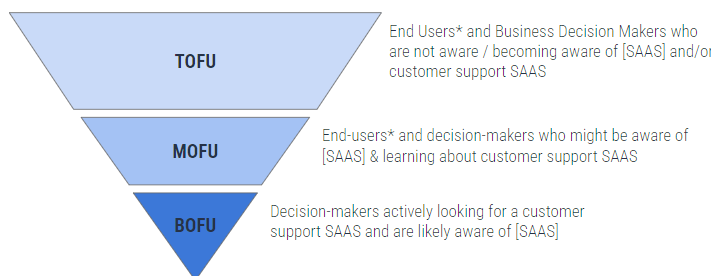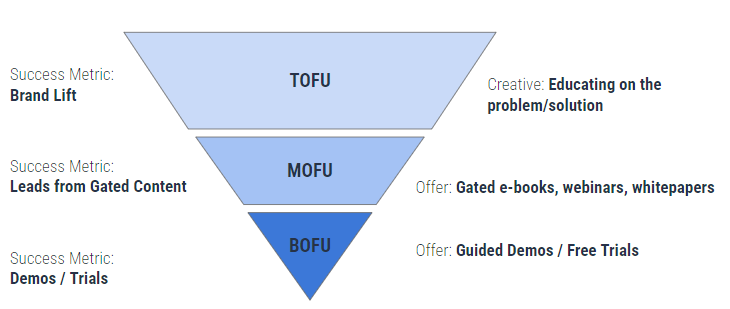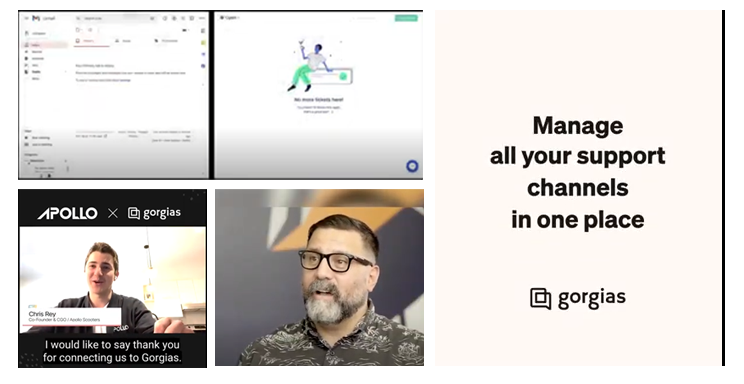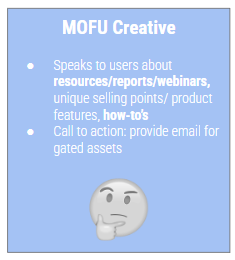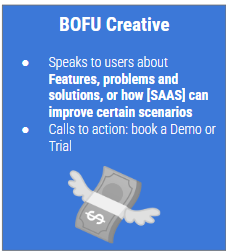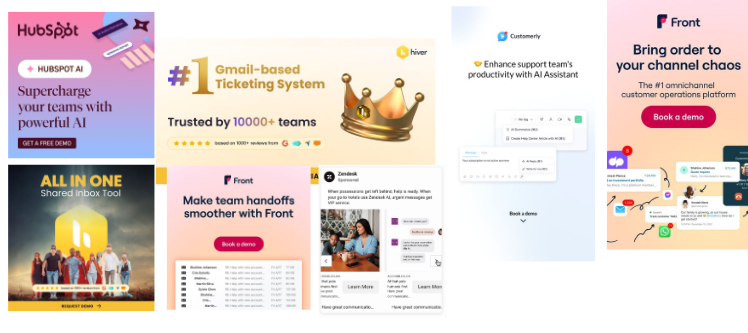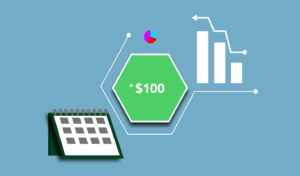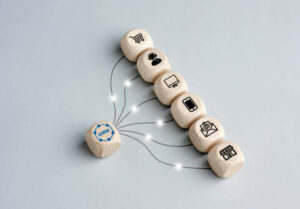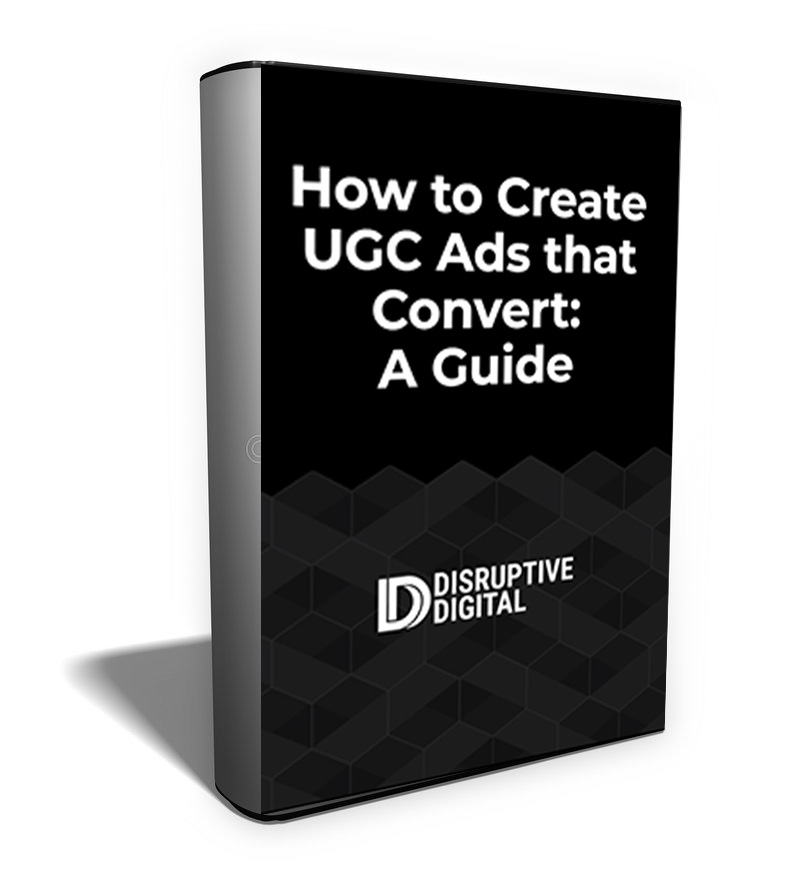In the ever-evolving world of B2B marketing, traditional linear funnels are increasingly ineffective. Business buyers no longer follow a predictable path from awareness to conversion; instead, they interact with brands across multiple touchpoints in a non-linear fashion.
As a B2B marketer specializing in paid advertising on platforms like Meta, Google, LinkedIn, and others, we’ve found that adopting a Customer-Centric Funnel Strategy is essential for driving meaningful results for our clients.
This approach tailors advertising efforts to meet buyers at their specific stages in the purchasing journey, leveraging the unique capabilities of each advertising platform to deliver personalized experiences.
Why Traditional Marketing Funnels Fall Short in B2B Paid Advertising
The conventional marketing funnel assumes a straightforward progression:
-
- Top of Funnel (TOFU): Awareness
- Middle of Funnel (MOFU): Consideration
- Bottom of Funnel (BOFU): Decision
In the context of paid advertising, this model often translates into trying to pull a consumer on a journey from broad awareness campaigns followed by retargeting ads and a final push for conversion. However, this approach has limitations:
-
- Inefficient Ad Spend: Broad targeting at the TOFU stage can waste budget on uninterested audiences or reach people with non-relevant creative who were already going to convert.
-
- Missed Messaging: One-size-fits-all ads may work with decision makers, but can fail to resonate with the specific needs of end-users who play a crucial role in the B2B purchase process
-
- Marketing Journeys Don’t Match Consumer Journeys: Ads may not align with where a prospect is in their buying process.
Given these challenges, it’s clear that a new approach is needed—one that leverages the precision optimization capabilities of modern advertising platforms.
Introducing the Customer-Centric Funnel Strategy in Paid B2B Advertising
The Customer-Centric Funnel Strategy reimagines how we approach B2B advertising on platforms like Meta, Google, and LinkedIn. By placing the buyer at the center, we tailor ad campaigns to meet the unique needs of different stakeholders at each stage of the funnel.
Top of Funnel (TOFU): Building Awareness Amongst Business Decision Makers and End Users
Objective: Introduce your brand and educate key decision-makers and end users (who help influence purchases) on a problem (they may not know) they have and your solution.
Targeting: Business Decision Makers and End Users
-
- LinkedIn: Utilize LinkedIn’s robust professional targeting to reach people based job titles, industries, company sizes or even specific companies. Focus on end users who influence the purchase and business decision makers.
-
- Meta and Google: Use broad targeting with a strong on-site signal in-place to help provide Meta and Google with the necessary feedback loop for more accurate targeting.
Ad Formats: Use video to deliver thought leadership and industry insights.
Messaging: Focus on customer pain points such as high-level industry challenges and trends relevant to your audience.
Middle of Funnel (MOFU): Nurturing Interest with Relevant Content For Business Decision Makers and End Users
Objective: Educate people aware of their pain point who aren’t aware solutions like your may exist.
Targeting: Business Decision Makers and End Users
-
- LinkedIn: Utilize LinkedIn’s robust professional targeting to reach people based job titles, industries, company sizes or even specific companies. Focus on end users who influence the purchase and business decision makers.
-
- Meta and Google: Use broad targeting with a strong on-site signal in-place to help provide Meta and Google with the necessary feedback loop for more accurate targeting.
Ad Formats: Leverage lead generation ads with instant forms and website forms to capture contact information.
Messaging: Offer soft-sell gated content like e-books or guides in exchange for email sign-ups.
Bottom of Funnel (BOFU): Driving Conversions with Hard Sell Offers
Objective: Convert people aware of solutions like yours into actual sales.
Targeting: Business Decision Makers
LinkedIn: Utilize LinkedIn’s robust professional targeting to reach people based job titles, industries, company sizes or even specific companies. Focus on business decision makers who can actually make the purchase.
Meta and Google: Use broad targeting with a strong on-site signal in-place to help provide Meta and Google with the necessary feedback loop for more accurate targeting.
Ad Formats: Leverage lead generation ads with instant forms and website forms to capture contact information.
Messaging: Offer hard-sell offers like free trials or demos.
Advantages of the Customer-Centric Funnel Strategy in B2B Paid Advertising
1. Maximized ROI on Ad Spend
By targeting specific audiences with relevant messages, you ensure that every dollar spent is more likely to contribute to your goals.
2. Enhanced Buyer Experience
Personalized ads create a seamless journey for prospects, increasing their satisfaction and likelihood to convert.
3. Data-Driven Insights
Advertising platforms provide detailed analytics, allowing you to refine your strategies based on real-world performance.
4. Competitive Advantage
Many B2B advertisers still rely on broad, generic campaigns and using marketing sequencing to pull people through the funnel. A customer-centric approach sets you apart in crowded marketplaces.
Best Practices for Implementing the Strategy
1. Align Ad Messaging with Landing Pages
Ensure that the content and offers in your ads match the landing pages to which you direct traffic, providing a cohesive experience.


